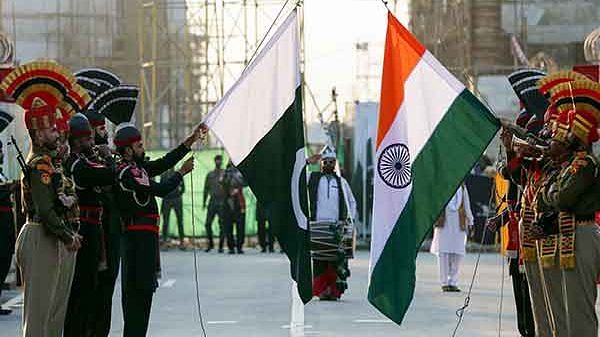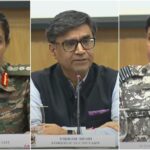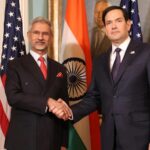Despite the packed schedule, India’s leadership continued building its diplomatic case for Operation Sindoor with global leaders. From messages of condolence to expressions of public support, the Prime Minister spoke with in the immediate aftermath of the Pahalgam attack.
The US, once Pakistan’s most powerful ally and now an important strategic partner for India, declared its solidarity with New Delhi. President Donald Trump that the “incredible people of India have our full support.” Russian President Vladimir Putin went further in a letter to President Droupadi Murmu, saying: “We expect that its sponsors and perpetrators will be duly punished.”
The signs were there. And if one were to look at history, India has consistently sought to build international support (regardless of whether it succeeds) during periods of tension with Pakistan.
One of the most significant moments in Indian military history remains Pakistan’s surrender at the end of the war of 1971. Not only had the Indian Armed Forces defeated Pakistan’s military in East Pakistan, but they also facilitated the creation of Bangladesh.
Prime Minister Indira Gandhi visited a number of nations in the months preceding the 1971 war, starting with the Soviet Union in late September and concluding in West Germany by mid-November.
Before her visits, Gandhi had written to world leaders, highlighting the growing refugee crisis in India due to the situation in then-East Pakistan, and asking them to act against West Pakistan.
“It is also our earnest hope that the power and prestige of the United States will be used to persuade the military rulers of Pakistan to recognize that the solution they have chosen for their problem in East Pakistan is unwise and untenable,” Gandhi wrote to on 13 May 1971.
Starting 24 October 1971, Gandhi toured Western capitals India’s diplomatic case. Beginning in Beirut, she went on to visit Belgium, Austria, the United Kingdom, the United States, France, and West Germany. Within weeks of her return, Pakistan launched strikes against Indian air bases in the west, triggering the third war between the two countries.
India’s modern diplomacy, especially in the weeks since Pahalgam, has followed a similar pattern. From Foreign Secretary Vikram Misri holding closed-door briefings for foreign envoys in New Delhi, to briefing diplomats from UN Security Council member states, to daily briefings on Operation Sindoor, India has consistently emphasised that its focus is on combating terrorism — not targeting Pakistan’s military or civilian population.
Meanwhile, Misri has repeatedly said that any further escalation by Pakistan will be met with the same intensity from India, putting the onus to de-escalate on Islamabad. Still, a response was expected — especially given how India responded with increasing force after both Uri and Pulwama.
About 10 days after the Uri attack, India carried out surgical strikes across the Line of Control — a shift from its posture eight years earlier. Three years later, in response to Pulwama, India launched the Balakot airstrikes.
Logic dictates that after Pahalgam, a response would not only be expected, but stronger than the previous two. This time, rather than targeting a single terror complex, India aimed to take out nine sites across Pakistan and Pakistan-occupied Jammu and Kashmir.
Through these escalations, India has aimed at terrorist infrastructure. But for Pakistan, any retaliation would likely involve targeting civilian or military sites — actions that would demand an Indian counter-response. The narrowing of Pakistani’s response options has brought the two countries closer to war than at any point in the past two decades. For Islamabad, any Indian strike requires a reply — and Operation Sindoor even more so.
(Edited by Prashant)








